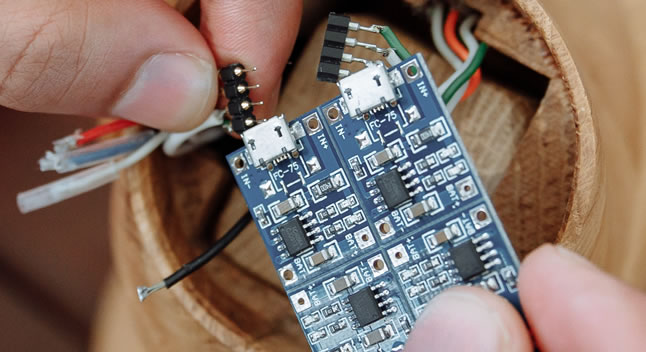E-COMP GROUP INC adheres to the talent concept of "people-oriented", and vigorously absorbs professional talents to enrich the technical, management and marketing team. Constantly improve our own management, provide quality services, create excellent brands, pursue excellence goals.
We have professional sales staff and excellent engineering technologist, has always been to quickly respond to customer consultation and provide quality delivery service as the basis, to provide customers with the most closely integrated with the application needs of the solution, so as to reduce the development and application costs of customers, make E-COMP GROUP INC and customers grow together through mutual benefit.
